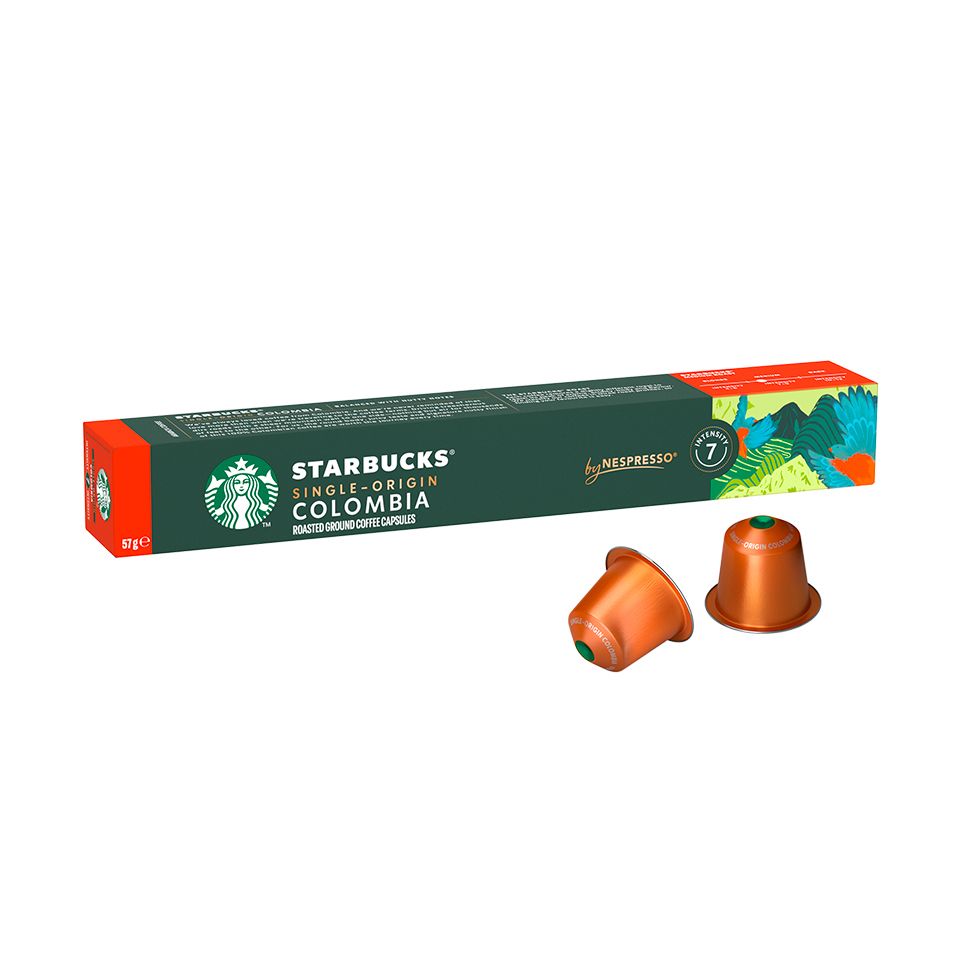SOE Single Origin Espresso – Highlighting Flavors from One Region
SOE Single Origin Espresso – Highlighting Flavors from One Region
Blog Article
Discovering the Abundant Flavors of Coffee Beans: a Deep Study Coffee and Blended Coffee Beans
When you explore the abundant tastes of coffee beans, you discover an intricate world where each range brings its very own personality to your mug. Understanding the origins, processing approaches, and roasting methods can transform your coffee experience. As you navigate through the art of coffee and the imagination behind combined coffees, you'll begin to appreciate the nuances that make each sip special. What you'll discover following may alter the way you appreciate your morning brew.
The Origins of Coffee Beans: Exploring Terroir and Taste Profiles
When you take a sip of coffee, you're not just delighting in a beverage; you're experiencing a rich tapestry of tastes shaped by the beans' beginnings. Each region generates one-of-a-kind flavor accounts affected by environment, soil, and elevation. For circumstances, beans from Ethiopia commonly rupture with bright, fruity notes, while those from Colombia often tend to provide a well balanced, nutty sweetness.
As you check out various origins, you'll observe just how terroir-- the environmental aspects affecting a crop-- plays an important duty - Single Origin Espresso. The very same coffee selection can taste considerably various depending upon where it's expanded
When you think about these factors, you start to appreciate the complexity behind your mug. Each sip narrates of the land and the farmers that supported the beans. So, next time you indulge, consider the journey your coffee took prior to it reached your hands, and relish those elaborate tastes that mirror its beginning.
Recognizing Coffee: The Art and Science Behind the Brew
When you assume about coffee, it's not practically the strong flavor; it's also about the techniques that bring it to life. Understanding just how various prep work techniques impact taste can change your brewing experience. Allow's check out the details of coffee preparation and uncover the one-of-a-kind taste profiles that make each mug special.
Espresso Preparation Techniques
Coffee prep work is both a scientific research and an art, incorporating accurate techniques with a deep understanding of coffee. To begin, you'll intend to select high-grade, newly roasted beans and grind them carefully for ideal removal (Single Origin Espresso). The work size is vital; too coarse, and your coffee will be weak, too fine, and it'll be bitter
Following, tamp the premises uniformly in the portafilter to guarantee consistent extraction. When you secure it into the machine, go for a brewing temperature level in between 190 ° F and 205 °
F.As you pull the shot, look for the perfect removal time-- around 25-30 seconds. The outcome must be an abundant, velvety coffee with a beautiful layer of crema ahead. With practice, you'll master these strategies.
Taste Profiles Described
The globe of espresso uses a rich tapestry of taste profiles that can boost your coffee experience. When you take that first sip, you'll observe a balance of acidity, resentment, and sweetness. Each coffee bean lugs unique notes, from fruity and floral to nutty and chocolaty. Light roasts often showcase bright acidity and lively tastes, while dark roasts existing much deeper, bolder tones.
A well-crafted mix may balance the brilliant notes of an Ethiopian bean with the rich, chocolatey touches of a Brazilian bean. Embrace the trip of uncovering espresso's diverse tastes, and you'll transform your coffee ritual into an interesting experience.
Processing Approaches: Just How They Impact Taste and Fragrance
While it may seem that the origin of coffee beans is the most considerable element in establishing their taste and fragrance, the handling techniques made use of post-harvest play a just as crucial role. You'll find that these approaches can significantly alter the last taste account of your cup.
For circumstances, the washed procedure gets rid of the fruit from the beans prior to fermentation, frequently leading to a cleaner, brighter taste. The natural procedure leaves the fruit intact throughout drying, resulting in a sweeter, fruitier account.
Other approaches, like honey processing, strike an equilibrium, enabling some fruit mucilage to stay, providing an one-of-a-kind complexity.
Each handling technique engages with the beans' inherent attributes, improving or muting details flavors and fragrances. So, when you sip that coffee or combined coffee, bear in mind that the journey from cherry to mug is influenced not just by beginning but likewise by just how those beans were processed.
Roasting Methods: Opening the Complete Possible of Coffee Beans
Roasting strategies are essential for exposing the complete possibility of coffee beans, as they change raw, environment-friendly beans into the fragrant, savory coffee you delight in. The option of toasting approach-- light, tool, or dark-- considerably influences flavor profiles. Light roasts protect the beans' all-natural level of acidity and fruity notes, while tool roasts equilibrium sweet taste and splendor. Dark roasts, on the various other hand, emphasize bold, smoky flavors.
You can try out roasting temperatures and times to find your ideal brew. A slower roast at lower temperature levels enables for complicated tastes to create, while a quicker roast can intensify resentment. Pay focus to the splits throughout toasting; the very first crack indicates a light roast, while the second split signals a dark roast. By grasping these methods, you'll expose a globe of taste, boosting your coffee experience to brand-new heights. Appreciate every sip, recognizing the treatment that went right into your mug!
The Magic of Blended Coffee: Producing Unique Taste Experiences
Creating a special flavor experience with combined coffee can transform your morning routine into an exploration of preference. By combining various beans from different regions, you can expose a harmony of flavors that raise your cup to brand-new heights. Each mix deals an unique account, balancing sweet taste, body, and acidity to develop something really unique.
When you choose a blend, you're not simply picking a coffee; you're choosing a journey throughout diverse landscapes and cultures. Trying out with different combinations permits you to discover your personal faves, whether you take pleasure in fruity notes or abundant, chocolatey undertones.

Sampling Notes: Acknowledging the Subtleties in Your Mug
As you drink your coffee, you may notice a range of flavors dancing on your taste buds, each disclosing the complexities of the beans. You may taste the brilliant level of acidity evocative citrus or the deep, abundant notes similar to dark delicious chocolate. The sweet taste might evoke honey or sugar, stabilizing the overall account wonderfully.
Take notice of the body of the coffee-- does it really feel ventilated and light, or is it complete and velvety? The finish, as well, uses ideas; a sticking around aftertaste may hint at nuttiness or floral undertones.

Do not fail to remember to discover the distinct attributes of various origins, as each area imparts unique flavors - Single Origin Espresso. Ethiopian coffees frequently present fruity notes, while Colombian beans may display an extra rounded sweet taste. By acknowledging these subtleties, you'll strengthen your recognition for each and every mug, raising your coffee experience to brand-new heights
:max_bytes(150000):strip_icc()/__opt__aboutcom__coeus__resources__content_migration__serious_eats__drinks.seriouseats.com__images__20110830-espresso-main-248fa93e7b7644e3baabac416fd2579c.jpg)
Developing Methods: Making Best Use Of Taste Removal for Every Bean
When you explore the various developing approaches, you'll find that each technique can dramatically affect the investigate this site taste account of your coffee. From French press to pour-over, each technique removes different substances, improving or silencing specific notes. Using a French press permits oils to continue to be in the brew, developing a richer preference, while pour-over emphasizes clearness and brightness.
Temperature level and grind dimension also play essential duties. A coarser work works best for cool mixtures, while a fine work is optimal for espresso. Experimenting with water temperature level-- in between 195 ° F and 205 ° F-- can disclose hidden tastes, too.
Don't forget soaking time; a quick removal can lead to sour notes, while over-extraction may yield anger. By adjusting these variables, you can optimize flavor removal and truly elevate your coffee experience. Appreciate the trip of finding what approach best suits your taste buds!
Frequently Asked Inquiries
What Is the Perfect Water Temperature for Developing Coffee?
The ideal water temperature level for brewing coffee's in between 195 ° F and 205 ° F. If you make use of water that's as well warm, you'll over-extract tastes; also cool, and you will not draw out sufficient. Go for that sweet place for the very best mixture!
Just How Does Work Size Impact Coffee Taste?
Grind size considerably impacts coffee taste. Finer grinds essence a lot more flavors and oils, causing a bolder taste, while coarser grinds yield a lighter flavor. Changing work dimension helps you accomplish your wanted coffee account.
Exist Wellness Benefits Associated With Drinking Coffee?

What Is the Distinction Between Arabica and Robusta Beans?
Arabica beans are smoother and sweeter, typically including fruity tastes, while robusta beans are more powerful with a bitter taste and greater caffeine content. You'll observe these differences in fragrance and brewing experience.
Exactly How Can I Store Coffee Beans for Quality?
To save coffee beans for freshness, maintain them in an impermeable container, away from dampness, light, and heat. You'll maintain their taste longer if you just grind what you need right before brewing.
Exploring the Rich Flavors of Coffee Beans: a Deep Dive Into Coffee and Blended Coffee Beans.
When you check out the abundant flavors of coffee beans, you uncover an intricate world where each range brings its own personality to your mug.When you take a sip of coffee, you're not simply enjoying a beverage; you're experiencing an abundant tapestry of flavors formed by the beans' beginnings.Roasting methods are vital for exposing the complete capacity of coffee beans, as they transform raw, eco-friendly beans into the aromatic, delicious coffee you delight in.As you drink your coffee, you might notice a range of tastes dancing on your palate, each disclosing the details of the beans.
Report this page